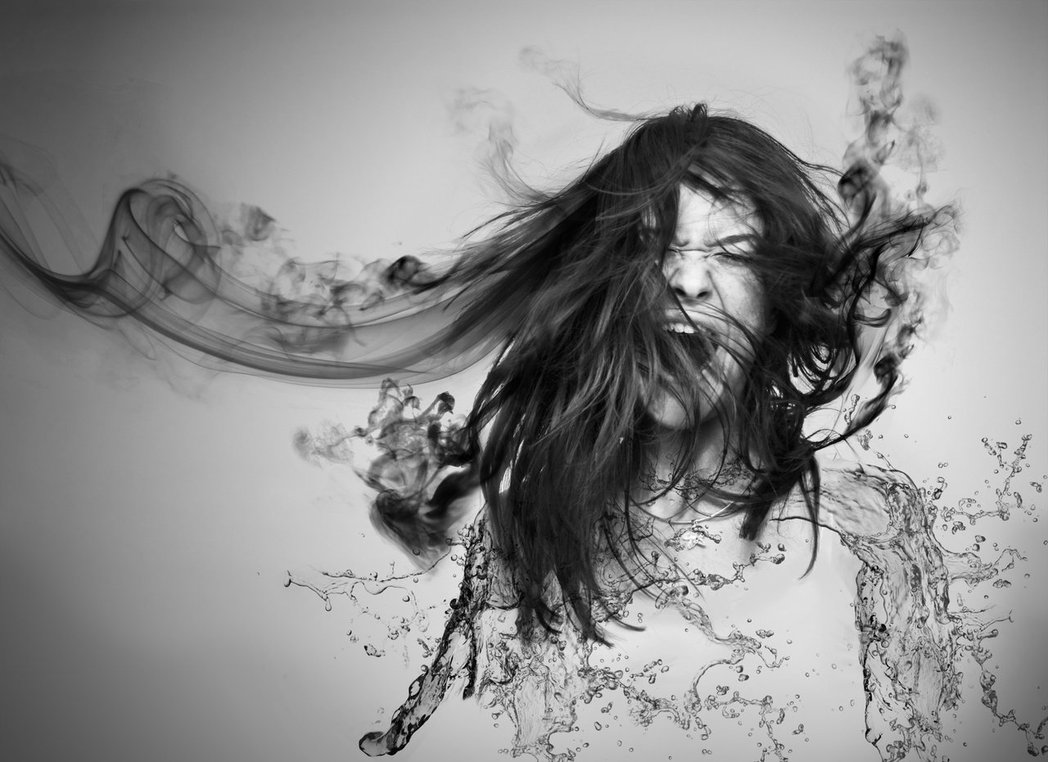How to Denote a Chemical Change

Chemical change occurs when two or more substances or reactants come into contact with each other to form a new product. They react under most favourable conditions and result in a reaction which is evident. However, they may also undergo a reaction which cannot be observed easily. The product formed has a different chemical composition as compared to the reactants. Remember that the process of forming a product with reactants is called a chemical reaction. Keep in mind that chemical changes differ with physical changes e.g. when ice melts into water, its chemical state is same but its physical state changes.
Instructions
-
1
Colour change
Reactants or compounds absorb particular frequencies of light. The colour of the compound is those frequencies of light which are not absorbed by it. Whenever a chemical change occurs, there is addition or removal of atoms. This leads to that compound absorbing different frequencies of light and eventually results in a change of colour. There is a chance that the colour may disappear from a chemical reaction or a colourless reactant may become coloured. Remember that a compound may even absorb invisible light i.e. ultraviolet light. -
2
Temperature
After chemical reaction occurs, there is either net decrease or net increase of energy stored in a compound. Remember that chemical changes occur with the breakage or formation of chemical bonds. Keep in mind that for breaking chemical bond you will require energy. On the other hand forming chemical bond discharges energy. You can find out whether a chemical change occurs by using a thermometer. Place it inside the flask and note the change of temperature. -
3
Smell
Usually the new product formed has a different smell which distinguishes it from its reactants. When there is a change in smell, you can denote that a chemical change has occurred. Remember that high volatile products have the strongest smells. This is because they evaporate with ease under room temperature and thus you can easily smell it. -
4
Gas Evolution
Gas evolution also indicates that there is a chemical reaction. If you see bubbles from reactant or reactants then there is a chemical change. -
5
Spectroscopy
When you cannot detect chemical changes with your senses, spectroscopy is used. It is based on the interaction of light and matter. You need to record the data before and after. If you see changes, then there is a chemical reaction.





